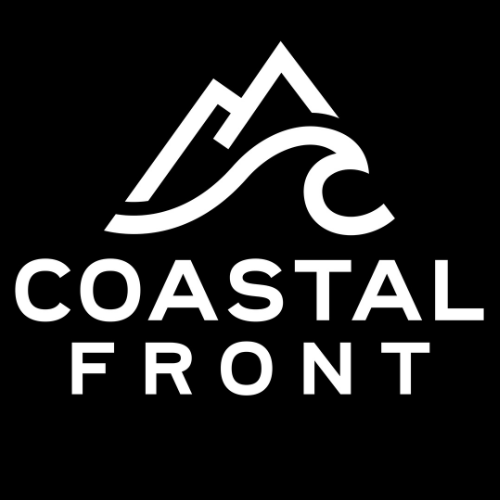BC's Asian Trade Offices Rack Up $27 Million Tab
Image courtesy Province of BC
In an attempt to broaden its economic horizons, British Columbia, under the leadership of Premier David Eby, launched a trade mission to Asia last year, targeting the world’s fastest-growing economic region. This initiative, part of the province’s “Trade Diversification Strategy,” aimed to grow BC businesses, create jobs, and strengthen supply chains.
However, the venture's reception was mixed. Despite the province's optimistic declarations, critics were quick to label the mission a costly publicity stunt, with British Columbians footing the bill.
Nine months later, the province says the mission was a success but has fallen short of providing tangible metrics to substantiate its reported achievements, leaving British Columbians to question the actual benefits derived from such missions.
Concerns also extend to the province’s Trade and Investment Representative Offices, one of which was officially opened in Vietnam during the aforementioned visit.
A primary question is how much the offices actually cost the province, a question that fell on deaf ears when Coastal Front asked the provincial government last year.
In response to the government’s reticence, Coastal Front filed a freedom of information request for financial statements spanning five years for all of BC’s trade offices across Asia:
Tokyo
Beijing
Shanghai
Guangzhou
Chongqing
Seoul
Manila
Jakarta
Singapore
Ho Chi Minh City
Delhi
Mumbai
Chandigarh
Bangalore
These requests revealed that from the fiscal years ending March 31, 2019, to March 31, 2023, British Columbia spent more than $27 million operating its Asian trade offices, averaging an annual expenditure of more than $5 million. Notably, the province disclosed this figure at a cost of $480, yet omitted sections without explanation. A similar request filed in 2018 cost nothing.
Attempting to measure the return on investment concerning trade offices is like pushing water uphill. The province boasts the facilitation of export deals as a result of overseas trade offices, yet specifics on what “facilitation” entails are vague.
The efficacy and value of trade missions, including Eby's foray into Asia, similarly evade clear quantification. While government officials underscore their importance, public sentiment ranges widely — from views dismissing them as "useless global gallivanting" to others advocating their role as an "essential economic strategy."
Skepticism of such missions has been echoed in academic circles. For example, a study led by the University of British Columbia’s Sauder School of Business examining the impact of Canadian trade missions between 1994 and 2005 concluded that these missions did not significantly boost trade.
Following Canada, US Footsteps
BC’s strategic pivot to the Indo-Pacific region mirrors broader international moves, notably Canada’s Indo-Pacific Strategy. Unveiled in November 2022 by Minister of Foreign Affairs Mélanie Joly, the plan will spend more than $2.2 billion to enhance Canada's role in the region, reflecting a strategic alignment with initiatives launched by other Five Eyes nations.
This includes, in true neoconservative fashion, splurging $721 million to “promote peace, resilience, and security in the region” by expanding Canadian naval presence and increasing the Canadian Armed Forces' participation in regional military exercises.
It also includes $147 million to “strengthen its presence, visibility, and influence in the region,” including a new office for the Asia-Pacific Foundation of Canada. The foundation is chaired by Pierre Pettigrew, previously minister of foreign affairs under former prime minister Jean Chrétien.
Mentioning China more than 50 times, the long-anticipated Indo-Pacific Strategy’s 26-page document was released one month after United States Secretary of State Antony Blinken travelled to Canada to meet with Joly.
Speaking about the strategy at a luncheon hosted by the Greater Vancouver Board of Trade last year, Joly referred to China as “the elephant in the room,” noting the strategy can help businesses move away from the “increasingly disruptive global power.”
Using similar cold war-esque language, Indo-Pacific strategies formed by other G7 countries align with US policy, indicating a hegemonic approach to the region presented as a counter-balance to China.
Lowering the scope back down to BC’s trade mission in the Indo-Pacific region, Eby himself highlighted tensions between the US and China as being “front of mind” for British Columbians during an interview with Post Media.
“When we look at the war between Russia and Ukraine and the implications it has had on global trade patterns... we look at tensions between China and the United States, and between China and Taiwan; certainly, those are front of mind for many British Columbians,” he said.
The province is also set to open a new trade office in Taipei, Taiwan, increasing the millions of dollars BC taxpayers will pony up for the government’s network of murky trade offices.


